
Sign in to your XDA account
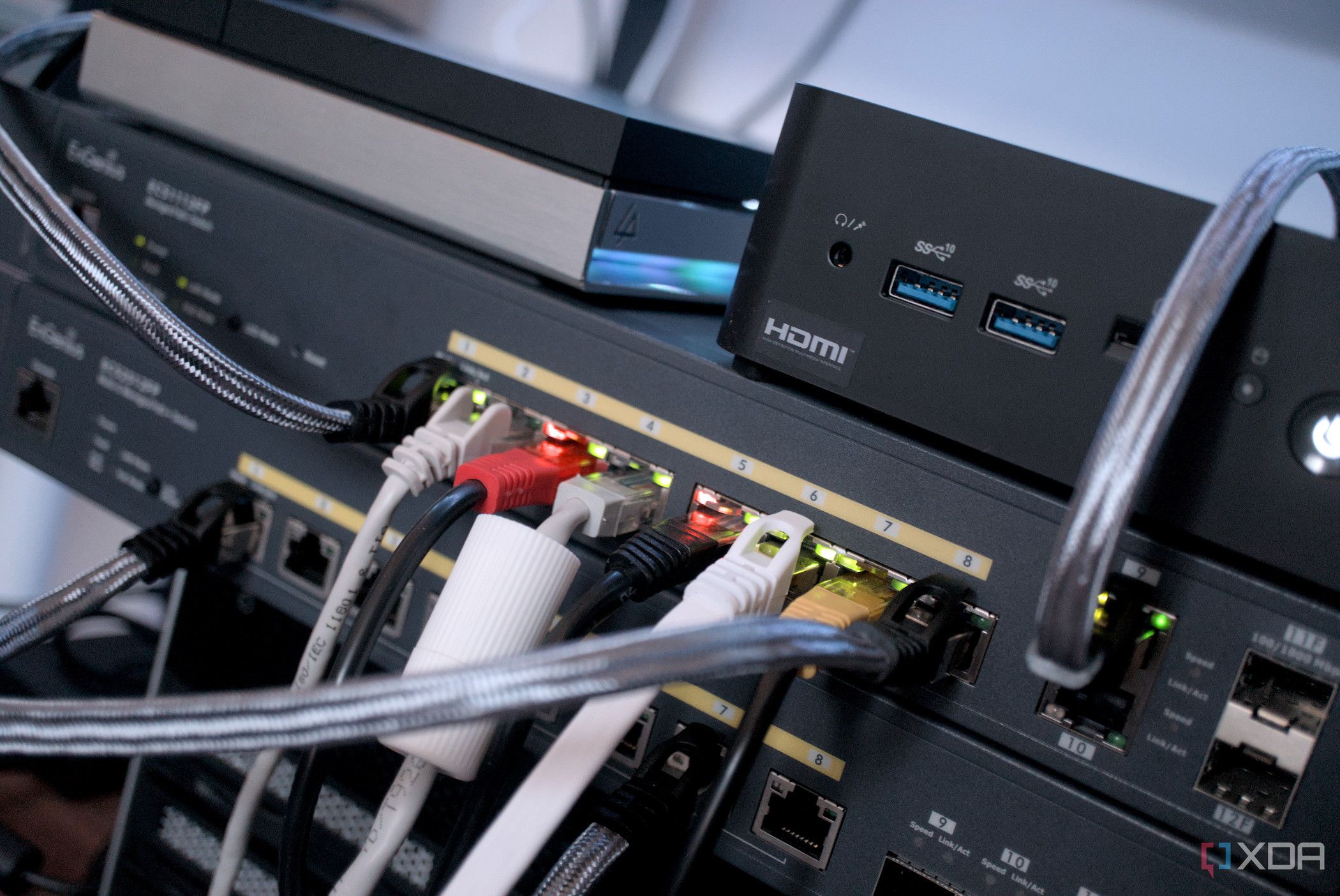
In the early 1990s, internet engineers sounded the alarm: the pool of numeric addresses that identify every device online was not infinite. IPv4, the fourth version of the Internet Protocol, used 32-bit addresses, about 4.3 billion unique numbers, which, at the dawn of the internet, seemed unimaginably large. Yet as the internet exploded in the 1990s and 2000s, experts predicted those addresses would soon run out. A new protocol, IPv6, was devised and hailed as the solution, with exhaustion of IPv4 addresses leading many to expect IPv4's replacement within a decade. Fast-forward to today, fourteen years after IANA exhausted its unassigned pool of IPv4 addresses, and IPv4 is still very much alive, while IPv6 adoption has been a slow uphill climb.
IPv4 has a pretty long history, and despite signals suggesting that its impending replacement would become the norm any day now from the early 2010s, it's still sticking around. IPv6 was developed to combat the clear problem that would soon be faced by IPv4, yet the current state of IPv6 adoption (globally and by regions and industries) isn't where it was predicted to be. There was always going to be a transition period, but there have been a number of barriers slowing its deployment, and this prolonged transition is already causing problems for both everyday internet users and network professionals alike.
The rise of IPv4
And it's impending fall

When IPv4 was standardized in the early 1980s, its designers chose a 32-bit address space, allowing for roughly 4.3 billion unique addresses. At the time, the internet was a research network with only a handful of connected computers, with nobody imagining billions of people and devices online exhausting the available address space. Vint Cerf, one of those designers, has since admitted that going with a 32-bit address space was "a mistake."
“And of course,” he says, “everybody laughs and says, ‘You idiot, why didn’t you use 128-bit addresses?’ The answer is that, back in 1973, people would’ve said, ‘You’re crazy if you think you need 3.4 times 10 to the 38th addresses to do an experiment that you aren’t sure is going to work.’ So that was a mistake, although I don’t think at the time that I would have been able to sell 128.”
By the late 1980s and early 1990s, however, internet growth made it clear that IPv4 addresses would eventually be exhausted. In fact, predictions of IPv4 depletion date back to the early 1990s. The Internet Engineering Task Force (IETF) formed an “Address Lifetime Expectations” working group in the mid-90s specifically to study the problem, and the early forecasts were dire. If nothing changed, IPv4 addresses could run out in the mid-to-late 1990s. This looming shortage was one of the primary reasons the IETF set out to create a successor protocol, eventually leading to the creation of IPv6.
To buy time, the internet community introduced stopgap measures. Classless Inter-Domain Routing (CIDR) was deployed in 1993 to allocate address space more efficiently, replacing the old class A/B/C system that wasted many addresses. Not long after, Network Address Translation (NAT) became a widespread way for carriers to deal with the problem, deployed as carrier-grade NAT, or CGNAT. In a home networking sense, NAT allows multiple devices in a private network to share a single public IPv4 address by using port translations, and at an ISP level, your entire home network is a "device" that shares a single IP address with other "devices" — other homes, in this case. This can be a significant pain point for home labbers looking to expose their services to the internet, but it has eased the pressure on the IPv4 pool dramatically. Such techniques have kept IPv4 on life support for decades.
Together, CIDR and NAT, and later large-scale carrier-grade NAT used by ISPs, extended IPv4's usable life well into the 2010s. These are costly, though, especially when it comes to CGNAT and the problems it can cause for end-users. Plus, it arguably breaks the end-to-end connectivity model of the internet in general. IPv4 address exhaustion was inevitable and has now essentially occurred. The global allocator of IP addresses (IANA) ran out of unassigned IPv4 addresses in February 2011, formally depleting its free pool of addresses that it could allocate to the five RIRs: AFRINIC, APNIC, ARIN, LACNIC, and RIPE NCC. RIR stands for Regional Internet Registries, and these handle the allocation of IPv4 addresses in their respective regions. These regions are:
- African Network Information Centre (AFRINIC): Serves all of Africa
- American Registry for Internet Numbers (ARIN): Serves Antarctica, Canada, the United States, and some Caribbean countries and territories
- Asia Pacific Network Information Centre (APNIC): Serves East, South, and Southeast Asia and Oceania
- Latin America and Caribbean Network Information Centre (LACNIC): Serves Latin America as well as some Caribbean countries
- Réseaux IP Européens Network Coordination Centre (RIPE NCC): Serves Amsterdam, Netherlands, and serves Central and West Asia, Europe, and Russia
These RIRs soon followed in their formal announcements of IPv4 depletion: Asia-Pacific in 2011, Europe in 2012, North America by 2015, and so on. By the late 2010s, obtaining new IPv4 addresses meant going to a transfer market to buy them from someone else, often at significant cost. In short, the world has squeezed as much as possible out of IPv4. Early internet pioneers had hoped that by the time this crunch hit, we would have moved to a new protocol. So why hasn't IPv4 died as predicted? Why has it far outlasted its own projected lifespan? To answer that, we need to look at IPv6; both its promise and the challenges in adopting it.
IPv6 has a huge number of advantages
But it’s a fundamental rewrite
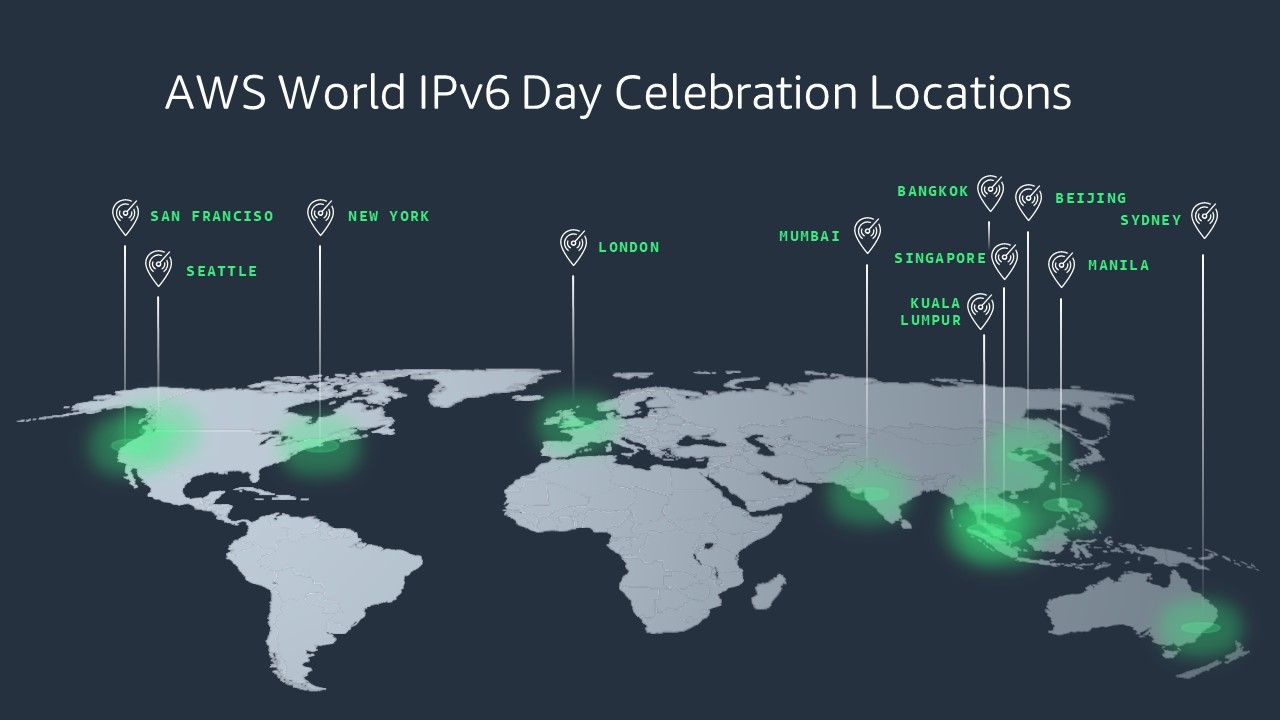
Source: Amazon Web Services
The internet's next-generation protocol, IPv6, was first drafted in the mid-1990s and finalized in 1998. For context, IPv5 was an experimental streaming protocol that never saw wide use, so the version number jumped to 6 for this new design. IPv6's most touted improvement is its expanded addressing capacity: it uses 128-bit addresses instead of 32-bit, yielding about 3.4*10^38 addresses, or 340 undecillion. As Cloudflare puts it, "this is roughly equivalent to the number of grains of sand on Earth."
In practical terms, IPv6 makes the IP address space effectively inexhaustible for the foreseeable future. This abundance means NAT, or NAT66 when talking about IPv6, is no longer necessary (according to the IPv6 purists, anyway), as IPv6 was designed so that every device can have a unique public address. This theoretically restores the end-to-end connectivity that the NAT-heavy IPv4 world lost, especially given that NAT66 encourages similar IPv4 practices and likely won't be rolled out across many ISPs.
Of course, IPv6 brought other improvements as well, learned from IPv4’s shortcomings and two decades of operational experience. It has a simplified, more efficient packet header, such as the removal of the checksum field, which is offloaded to lower layers of the network stack. As well, while IPv4 relies on DHCP servers to configure the addresses of connected clients, IPv6 supports Stateless Address Autoconfiguration, or SLAAC. This means devices can generate their own addresses by combining network prefixes with their interface identifiers, reducing a lot of overhead in assigning and maintaining addresses.
Despite these clear benefits and the urgent need for more addresses, IPv6 adoption initially crawled. The IPv6 standards were published in the late 1990s, and by 2012, the Internet Society launched "World IPv6 Launch," a coordinated event where major websites and ISPs permanently enabled IPv6 on June 6, 2012. Enthusiasts had hoped World IPv6 Launch would mark the beginning of the end for IPv4. Governments also started mandating IPv6 for their agencies’ networks (the US federal government, for example, set multiple deadlines for IPv6 adoption in IT infrastructure). With all this, one might expect IPv6 to have quickly taken over.
How is IPv6 adoption today?
It's getting there

Globally, IPv6 is now approaching the halfway mark of Internet traffic. Google, which tracks the percentage of its users that reach it via IPv6, reports that around 46% of users worldwide access Google over IPv6 as of mid-May 2025. In other words, given the ubiquity of Google's usage, nearly half of Internet users have IPv6 capability today. While that’s a significant milestone, IPv4 still carries about half of the traffic, even though it was long expected to be retired by now. The growth has not been exponential, but it is persistent. Each year, more networks enable IPv6 and more users get IPv6 connectivity, typically without even noticing the change in the first place. Notably, IPv6 usage tends to spike on weekends, which suggests that home networks and mobile networks (used more on weekends) have deployed IPv6 more than corporate networks (used on weekdays).
Adoption also massively varies widely by region and country. Some countries have become IPv6 leaders, while others have fallen significantly behind. According to Google’s statistics, India, Germany, and France are among the frontrunners, with France, for example, reporting 85% IPv6 adoption. Germany is at 74%, India at 75%, the US at 50%, and Ireland at 39%. Some networks, such as Reliance JIO in India, have had IPv6-only networks, with Reliance JIO deploying its own since September 2016. The network now reports 92% IPv6 adoption as of 2022. Other countries, such as China, drag down this figure considerably, with only 6% of traffic being carried over IPv6, largely thanks to a heavy reliance on CGNAT in the country. While it’s important to note that Google's services aren't served in China (and thus, this number is skewed), Akamai still puts China's IPv6 traffic at just 25% of total network traffic as of 2022. The Chinese government has been pushing local telecoms companies to speed up their IPv6 rollout, and those companies have a looming deadline where they will be entirely blocked from deploying new NAT44 hardware in July 2025.
These vast differences typically arise due to the industry dynamics and the available infrastructure in each country. In the US, adoption was slowed by some large cable and broadband ISPs that didn’'t upgrade their networks, likely because of “ISP hesitancy” in enabling IPv6, as noted by analysts. However, US mobile carriers like Verizon and T-Mobile led the way by making IPv6 the default on 4G/LTE networks as early as the 2010s (Verizon’s 4G spec in 2009 required IPv6 support and treated IPv4 as optional). As well, many content providers and cloud companies have embraced IPv6, such as Google, Meta, Microsoft Azure, Amazon AWS, and major content delivery networks like Cloudflare all support IPv6 on their services. According to W3Techs, though, only 26.5% of websites support IPv6. The only reason that traffic percentages are higher than that, like in the case of Google's own statistics, is because the most popular sites are IPv6-enabled, and because users on IPv6 can fall back to IPv4 for sites that require it.
Another notable variation is between enterprise networks and consumer networks, going back to the difference in weekend versus weekday traffic. Generally speaking, consumer-facing networks (so, ISP broadband and mobile networks) have driven IPv6 deployment, whereas enterprises and private corporations have lagged behind. Many enterprises find IPv4 with NAT continues to serve their internal networks adequately and have been slow to make the dual-stack transition internally. This is likely due to a number of reasons, including redeploying new security systems for IPv6, potentially rewriting internal applications to support it, and retraining staff. In other words, it's a bit of a catch-22; the internet can't transition until companies start making the switch, but companies don't feel the need to switch until the pressure is there to force them to do so.
The barriers to IPv6 adoption
Stopgap solutions made it easier to avoid
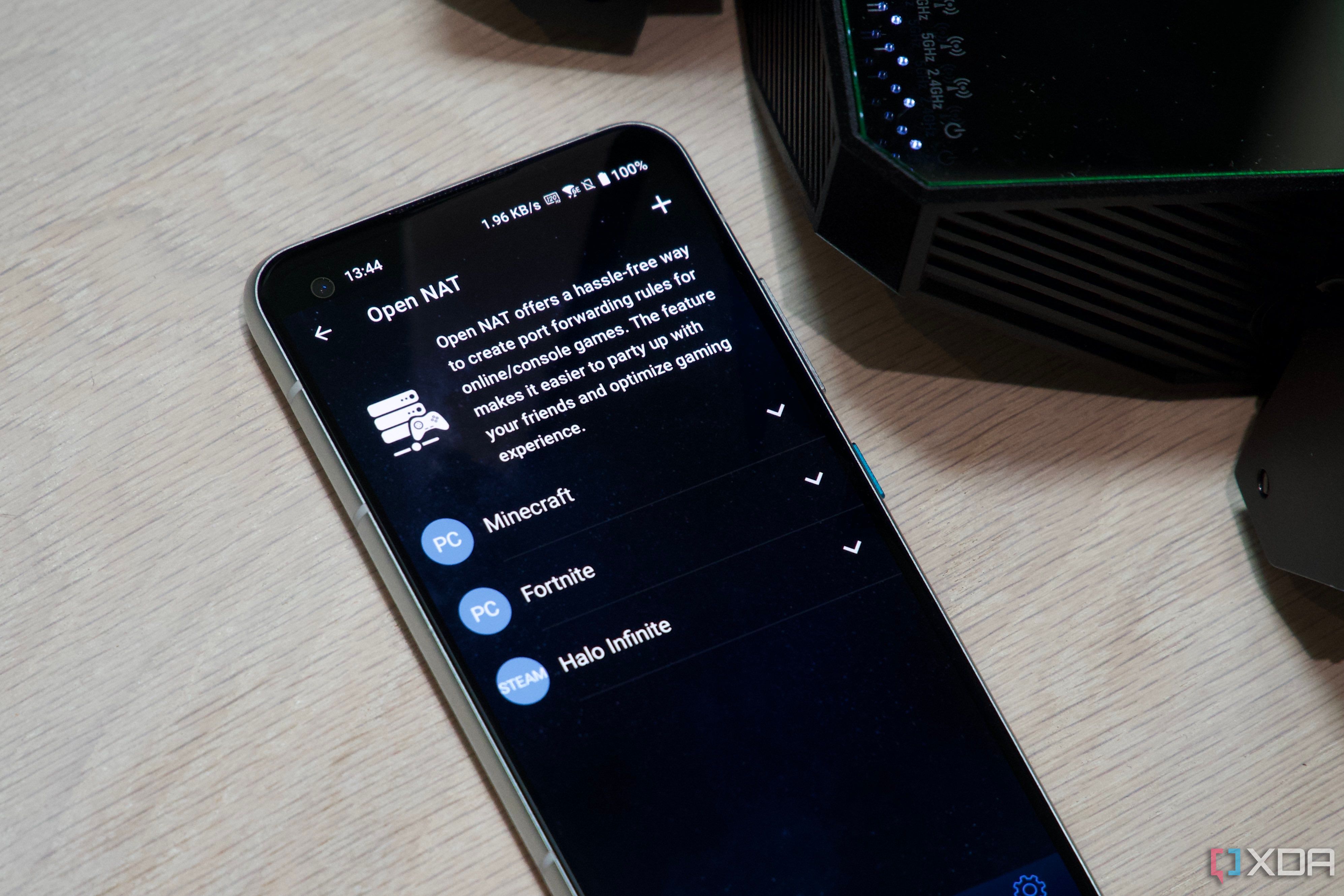
So, IPv6 is technically superior in practically every way to IPv4, and IPv4 addresses have been functionally exhausted for more than a decade. What's the hold-up? When we examine the drawbacks for companies to migrate to IPv6, the stop-gap solutions offered by companies in the form of CGNAT and CIDR make it so that IPv4 is "good enough" to get the job done, and saves companies time and money from needing to make the immediate switch. There are a few major problems that will likely take a long time to solve, and significantly slow the deployment of IPv6 in general.
The first, and arguably largest hurdle is that IPv6 was not designed to be backward-compatible with IPv4, a big criticism of IPv6 in general and largely blamed for its slow adoption. An IPv6-only device cannot directly communicate with an IPv4-only device without the help of a complex translation gateway, such as NAT64. This means networks usually run dual-stack support for both protocols, and IPv4 can't just be "switched off." This has major downsides, though; dual-stack operation doubles certain aspects of network management, requiring two address configurations, two sets of firewall rules, and more, which increases operational complexity for businesses and home users alike. This complexity causes a significant slowdown in deployment, as network engineers and software developers must ensure everything works on IPv6 in addition to IPv4. Any lack of feature parity or small misconfigurations can cause major issues.
As well, as already mentioned, there's the cost. Old networking hardware, such as routers and firewalls, along with older software might not even support IPv6 and may need to be entirely replaced. Then there’s the cost of training IT staff to become proficient in IPv6 addressing, routing, and troubleshooting. For example, APNIC identifies a "limited availability of engineers" with sufficient knowledge of IPv6 in its report about the slow adoption of the protocol.
Scarcity of skilled engineers: The limited availability of engineers with sufficient knowledge of IPv6 presents a significant challenge for organizations seeking to implement the technology. This knowledge gap may slow down the adoption rate of IPv6 and create implementation bottlenecks.
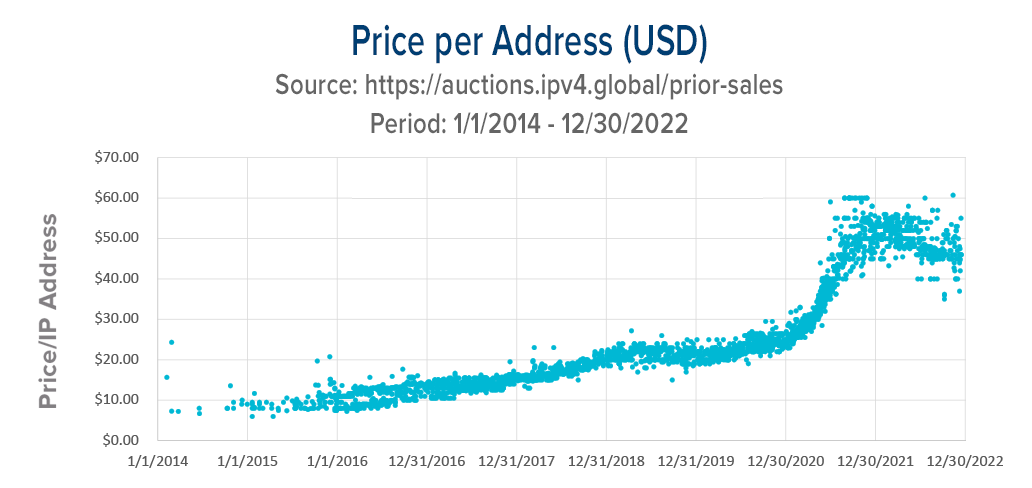
Source: ipv4.global
Finally, some legacy applications developed with IPv4 assumptions in mind (such as storing dotted-decimal IP addresses or using IPv4-specific APIs) may need rewriting to work with IPv6 addresses, and in many cases, developers who have written those applications may have left the company years or even more than a decade ago. These benefits are focused on the long term and may prove difficult to identify as necessities in the short term for businesses investing in their own infrastructure. For example, a company may question whether it needs to invest in IPv6 rather than more cloud storage, as one has an immediate payoff.
The problem is that the barriers that have extended the lifespan of IPv4 have now, almost paradoxically, slowed the deployment of IPv6. NAT became an invaluable aspect of IPv4 networks, allowing the reuse of private address space and delaying exhaustion thanks to the proliferation of CGNAT and the like. These do introduce problems for end-users, with many under CGNAT only being able to connect to their home labs using a tool like Tailscale or Pangolin, as they create a secure mesh network where every device acts as a peer. However, only those who care about networking and self-hosting are likely to run into this problem. Even worse for IPv6 adoption, organizations can buy additional IPv4 addresses if needed, meaning that running out of IPv4 no longer immediately halts growth, and instead raises complexity and costs.
IPv4 was never meant to last forever
And it won't
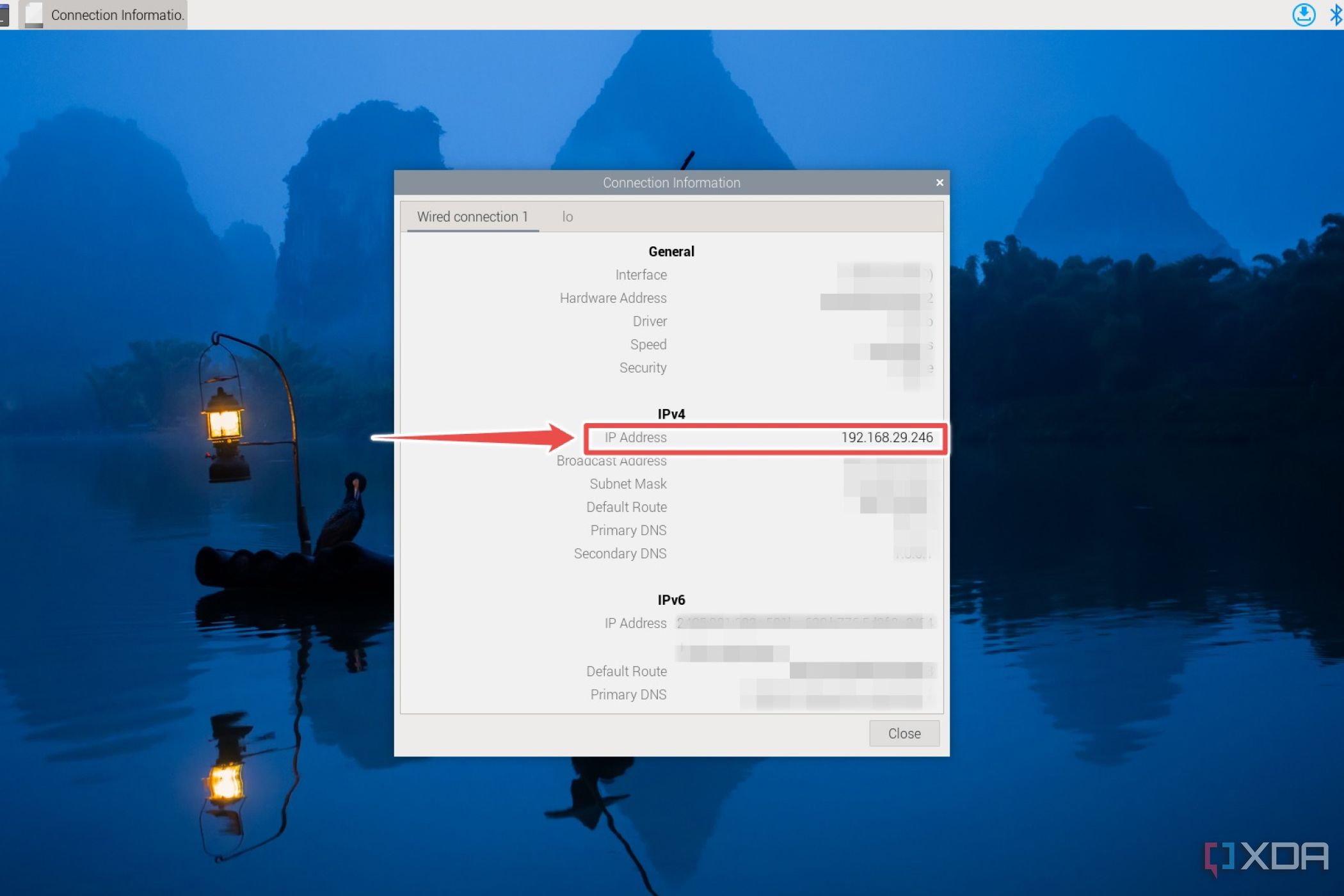
IPv4 was never intended to last forever, and by the mid-2000s, many experts optimistically believed IPv4 would be essentially retired by the 2010s, replaced by a vastly superior IPv6 protocol. Unfortunately, stopgap measures and a reluctance to tamper with something that works kept the transition at ba,y and means that, more than 20 years after its inception, users connecting to the internet via IPv6 are still globally a minority.
IPv6 is happening, just not as dramatically as once hoped, and its adoption is a slow-moving force that is, inevitably, a certainty. The benefits of IPv6 are slowly being realized, especially as more devices, such as IoT devices, are growing in popularity and could benefit significantly more the transition. Unfortunately, technical, economic, and organizational barriers have stretched the transition well beyond the timeframe that many experts had expected. IPv4 is essentially being held together by duct-tape and string at this point; it's not that people were pessimistic and wrong to cast doubt on its lifespan, it's that multiple stopgap solutions came together to essentially carry the corpse of IPv4 forward in a Weekend at Bernie's-esque fashion.
IPv4 is living on borrowed time, serving the internet brilliantly in its early days and lasting far longer than ever expected. With that said, its limitations are undeniable, and despite the slower-than-planned uptake of IPv6, we'll get there eventually. The coming years will likely witness IPv6 definitively overtake IPv4 in traffic and deployments, and at some point, its growth will be exponential once that milestone is reached. The number of connected devices will only grow, and IPv6 ensures we won’t hit a hard ceiling again. A lesson learned from the incredible run of IPv4.
.png)











 English (US) ·
English (US) ·